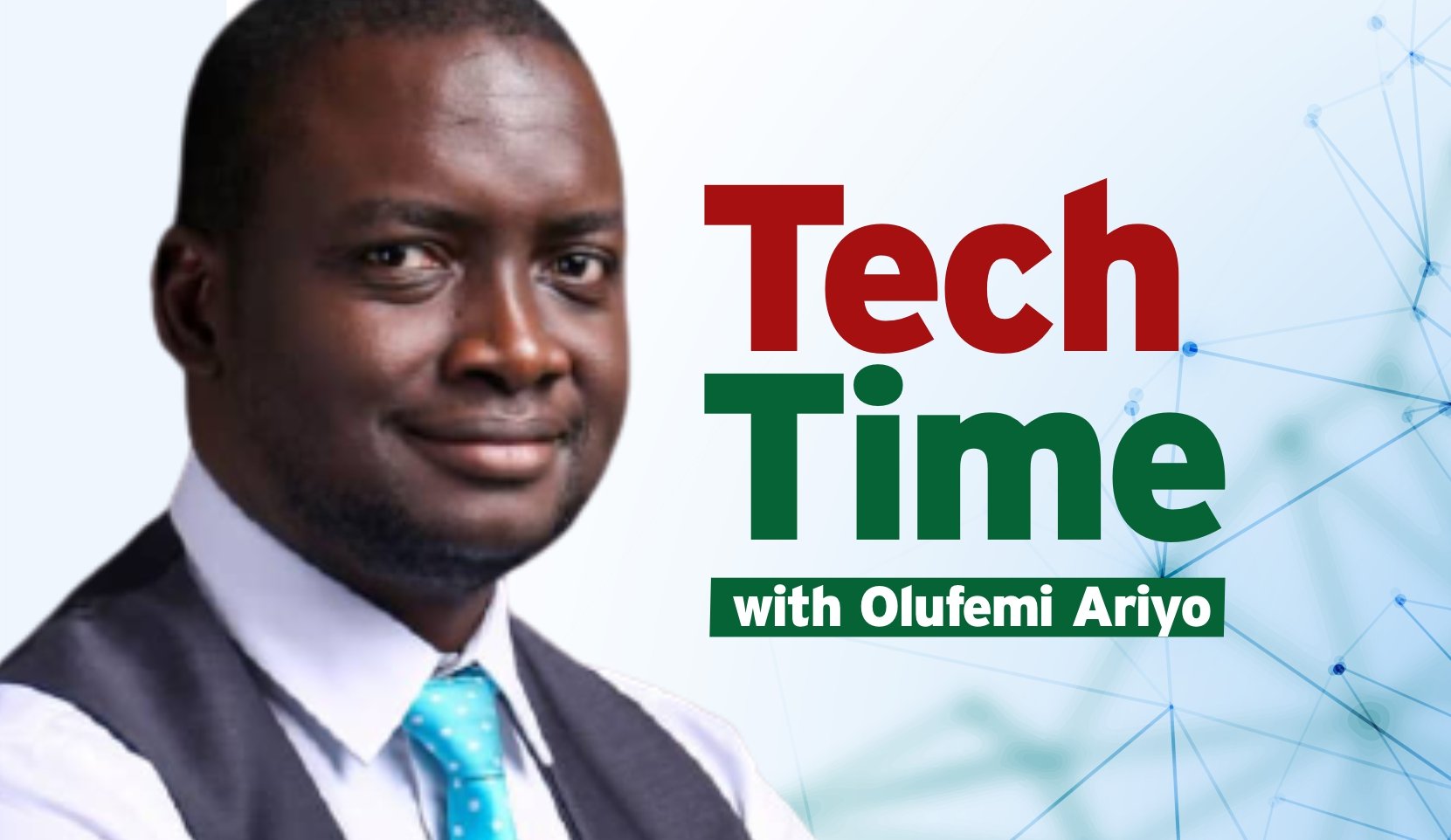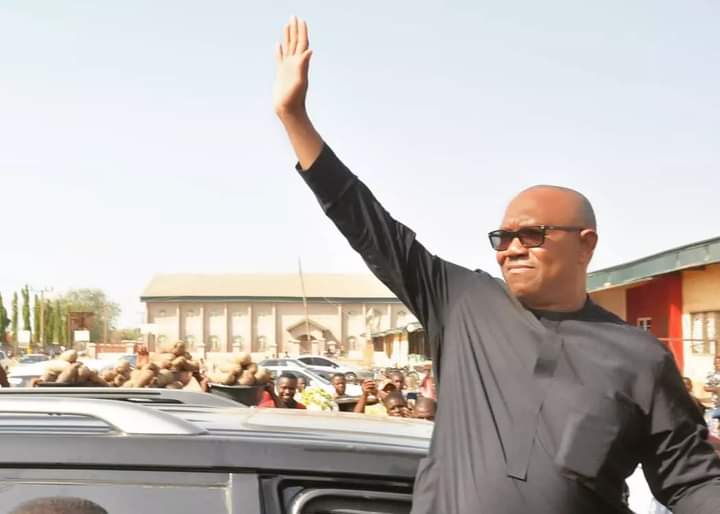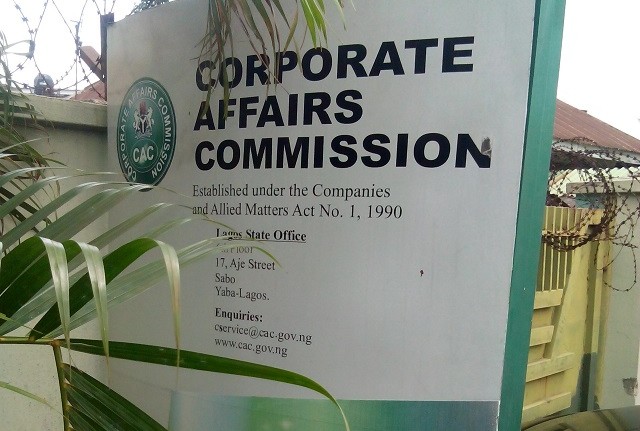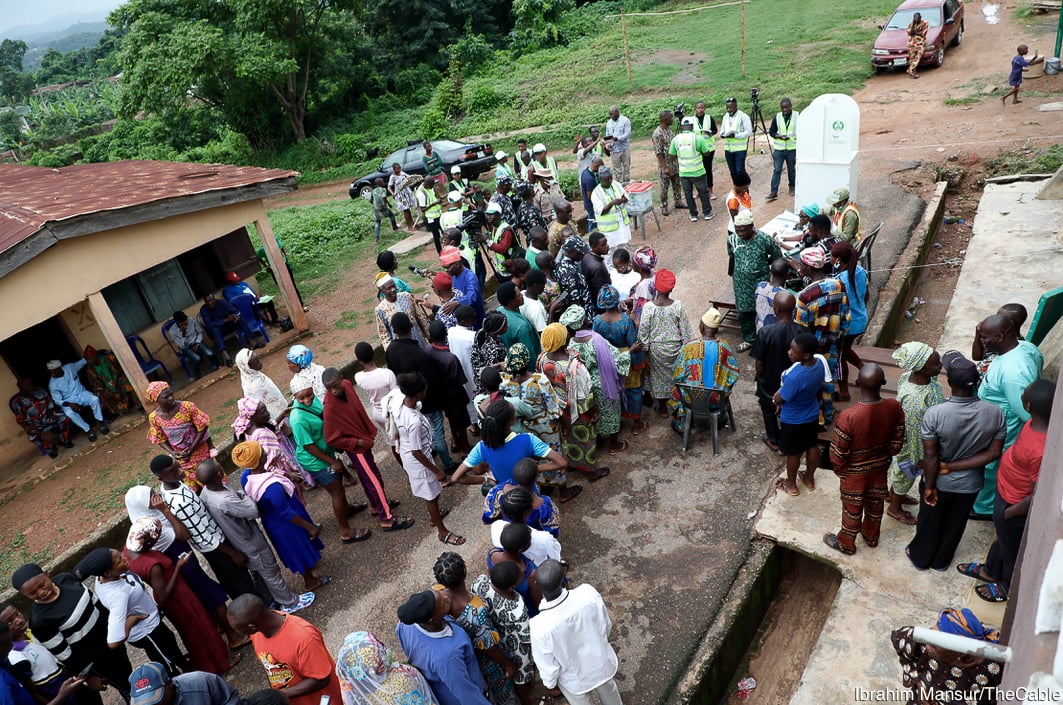George Jean Nathan has said that bad officials are elected by good citizens who don’t vote. Technology has been changing the way we do almost everything, and elections are no exception. We have already seen a shift towards online voting and digital systems that can streamline the process of collecting votes and tabulating results.
But what will the future of elections look like in a world where technology plays an ever-increasing role? In this article, we will explore the potential ways technology can shape elections in the coming years, from its impact on voter participation to how it might make voting easier for everyone involved. From advances in blockchains to big data analysis, we will dive into what changes are on the horizon for the democratic process.
The current state of elections is a far cry from the idealistic vision of the future. In reality, elections are often marred by voter fraud, vote manipulation, and other issues that can undermine the democratic process. While there have been some improvements in recent years – such as the introduction of electronic voting systems – there is still much room for improvement. One of the biggest challenges facing elections today is voter turnout. In many countries, turnout rates are declining, meaning fewer people have a say in how their country is run. This is a major concern, as it can lead to a feeling of disconnection between citizens and their government. Another issue facing elections is the increasing influence of money in politics. In many countries, candidates must raise large sums of money in order to stand a chance of winning an election. This can give an unfair advantage to those with access to financial resources and lead to corruption. Finally, another challenge facing elections is the growing disinformation and fake news trend. With technology becoming more sophisticated, it is becoming increasingly easy to spread false information about candidates and campaigns. This can create confusion and mistrust among voters, and it can ultimately lead to lower levels of participation in the democratic process.
Furthermore, the internet and social media have drastically changed how elections are run. In the past, candidates relied heavily on television and print ads to reach voters. However, today’s candidates must also have a strong online presence to succeed. Candidates now use social media to connect with voters and get their message out. They can reach a larger audience with less money, which levels the playing field somewhat. However, not all candidates are equally adept at using technology. Those who are more tech-savvy often have an advantage over their opponents. Technology has also changed how information about candidates is disseminated. In the past, people got their information about candidates from the news or from campaign ads. Today, people can get information about candidates from a variety of sources, including social media, news blogs, and websites. This abundance of information can be both good and bad for candidates. On the one hand, it gives voters more opportunities to learn about the candidates; on the other hand, it can be overwhelming and make it difficult for voters to sort through all the information and make an informed decision.
Advertisement
Finally, technology has made it easier for people to vote. In the past, people had to go to their polling place on Election Day in order to vote. Today, there are many absentee and early voting options, making it easier for more people to participate in elections. Additionally, there are now various ways to register to vote, making it possible for many more people to participate.
Moreover, in recent years, we have seen election results driven by a variety of technologies, from social media to big data analytics. As we move into the future, it is clear that technology will continue to play a major role in elections. Here are just a few examples of how technology is changing the landscape of elections:
Social Media: Social media platforms like Twitter and Facebook have become essential tools for political campaigns. They provide a way to reach out to potential voters, promote campaign messages, and engage with the electorate.
Advertisement
Big Data Analytics: Elections are increasingly being won or lost based on a candidate’s ability to effectively utilize big data. By analyzing huge data sets, campaigns can identify which voters are most likely to support their candidate and target them with specific messages.
Voting Machines: Voting machines are becoming more and more advanced, incorporating features like biometric authentication and blockchain technology. This allows for more secure and efficient voting systems that can help prevent election fraud.
These are just a few examples of how technology is impacting elections. As we move into the future, we can expect to see even more changes driven by new and innovative technologies.
In a technology-powered world, elections are becoming more and more reliant on technology. This has led to some countries leading the way in terms of using technology to power their elections. Here are some of the top countries leading the way in technology-driven elections:
Advertisement
USA: The United States has long been a leader in using technology in elections. From early voting systems to online registration, the US has always been at the forefront of using tech in elections. Recently, the US has even started using blockchain technology to power some aspects of elections. This move is seen as a way to increase transparency and security in the election process.
Estonia: Estonia is another country that is leading the way in terms of using technology in elections. The country was one of the first to allow online voting and has since continued to innovate in this area. Estonia is now exploring the use of blockchain technology in its elections and other new technologies like artificial intelligence.
Australia: Australia is another country that is utilizing new technologies in its election process. The country has been experimenting with electronic voting for many years now, and recent trials have shown that it can be a successful way to run an election. Australia is also looking into other new technologies like blockchain and AI to further improve its already impressive election system.
These are just some of the countries leading the way in terms of using technology in elections. With new technologies being developed all the time, more countries will likely adopt this as standard practice.
Advertisement
The future of elections will be shaped by the increasing use of technology. This will allow for more accurate and secure voting and greater transparency and accountability. There are a number of ways in which technology can improve the electoral process. For example, electronic voting systems can reduce errors and increase accuracy. They can also make it easier for people to cast their vote, by allowing them to do so from their own homes or via mobile devices. Technology can also help to increase transparency and accountability in elections. For instance, online platforms such as blockchain can be used to track donations and expenditures. This would make it much harder for candidates to accept illegal or undeclared donations. Ultimately, the future of elections is likely to be very different from the past, thanks in large part to the increasing use of technology. This change is sure to bring about a number of benefits, making the process more accurate, secure, and transparent.
In conclusion, the future of elections in a technology-powered world is one that will be filled with opportunities and challenges. With the development and implementation of voting technologies, more people can cast their votes remotely, securely, and efficiently while also providing more accurate results. This could lead to increased voter turnout, higher transparency in the decision-making process, and much more value-add. Ultimately this shift towards technology can ensure that our electoral system remains fair, secure, and representative for years to come. Who knows? An AI-powered robot could become the model for future election coordination.
Advertisement
Thank you for the investment in time. Do follow me on Medium: https://medium.com/@roariyo and LinkedIn: https://www.linkedin.com/in/olufemi-ariyo-923ba6130/ or send an email to [email protected]
Advertisement
Add a comment






